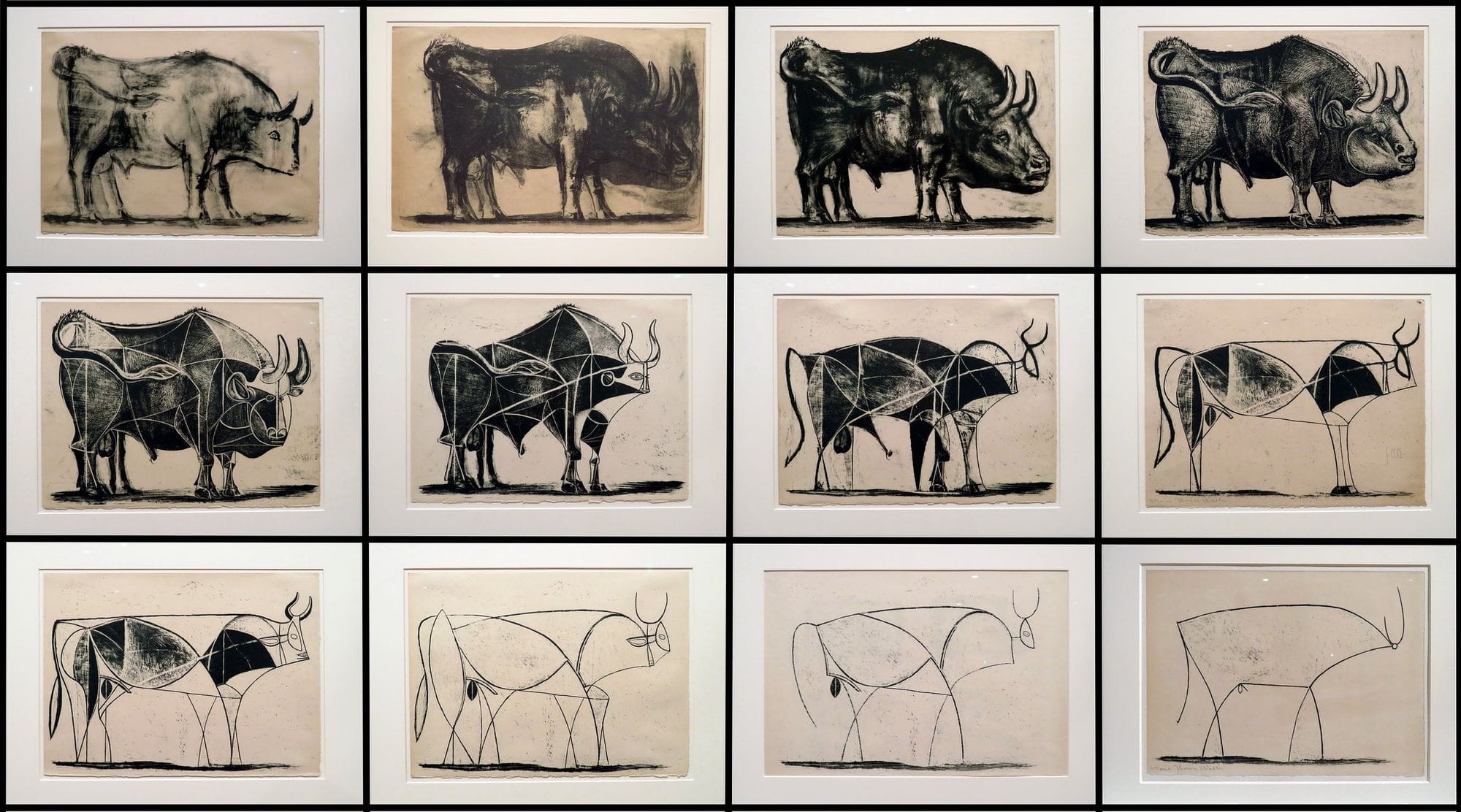Microwave Buttons
How many buttons on your microwave do you actually use?
There’s probably at least half a dozen options on it for pizza, defrosting, potatoes, and more. But my guess is that you mostly just enter an amount of time and press start.
Every extra button on microwaves increases the cognitive overhead of heating up your food. Their interface is often unintuitive the first time you use one that’s unfamiliar, and all it takes is one bag of burnt popcorn to retreat from the more “sophisticated” options.
My parents were thrilled to find a microwave that has buttons for common lengths of time. With a single press, they can nuke a plate of food for 90 seconds.
Adding complexity often feels good in the short term — more features! — but it can come at the expense of long term usability unless carefully considered.
There’s a reason why food delivery apps don’t also let you listen to podcasts. Adding that functionality would hamper the food ordering experience, and the existing features would distract from the podcast experience.
More isn’t always better. Look no further than a balloon that got filled with too much air.
This is obvious when spelled out with such extreme examples, but it’s easy to lose sight of in our day to day lives.
For example, adding more clothes to your wardrobe is fun until you run out of room and can’t find the pieces you love among those that are just ok. Without the occasional trip to Goodwill, you’ll be stuck with overflowing drawers.
Whenever we add more to something, its size and complexity grow as its usability and reliability shrink.
And everything, from cells to empires, eventually fall apart when they get too big.



